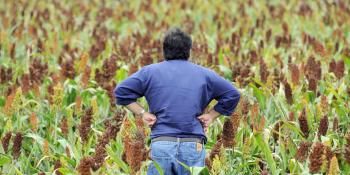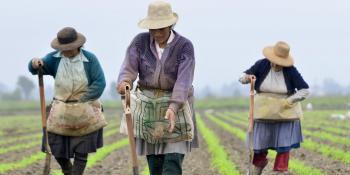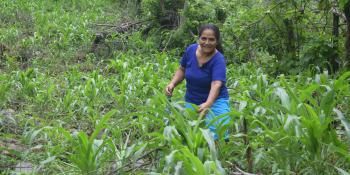Study reveals major gender differences in access to fertile land and agriculture support in Africa
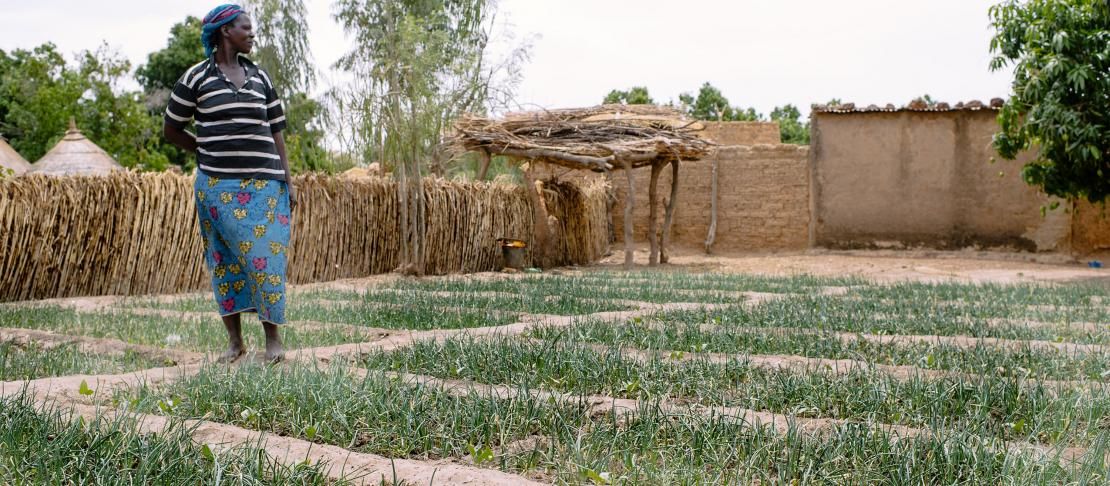
A new paper reveals women’s lack of ownership of productive land, and access to agriculture service organisations in West and East Africa are indeed affecting their ability to build a climate-resilient future.
Food production, climate change and gender. An inter-linked and deeply intriguing research combination that, despite genuine efforts, we still know very little about.
Lack of evidence on how men and women farmers are differently impacted by and 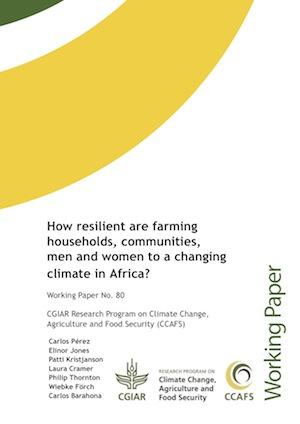 adapt to climate change is also why gender-conversations still revolve around theories. It is not until recently that sex-aggregated data has started to make headway, further helping to build momentum to take gender-issues more seriously, both internally within research institutions and externally in rural communities.
adapt to climate change is also why gender-conversations still revolve around theories. It is not until recently that sex-aggregated data has started to make headway, further helping to build momentum to take gender-issues more seriously, both internally within research institutions and externally in rural communities.
The newly released Working Paper 'How resilient are farming households, communities, men and women to a changing climate in Africa?' (PDF) shows, through looking at a rigid data bank combined with in-depth interviews in East and West Africa, how men and women farmers are facing contrasting realities that either support, or hamper, their ability to adapt to climate change.
"At the moment, there are few studies that combine quantitative household-level analyses with qualitative work, delving into the ‘why’ as well as the ‘what’," says lead-author and researcher Carlos Pérez.
"Even fewer studies have examined gender issues in relation to agricultural practices. Since our study does both, I really think that we’ve been able to contribute with a much needed piece to the gender-debate."
An in-depth gender-look at West and East Africa
"Access to agriculture information, cash and resources, groups and productive land all represent conditions that define adaptation limits, and can either support, or hinder, individuals and communities to build climate resilience," Pérez continues.
"This makes it crucial to take a closer look at how men and women farmers are accessing crucial social and political institutions and resources, in order to better predict and support their capacity to adapt to climate change."
The data that Carlos Perez and his co-authors analysed came from a number of baseline studies collected by the CGIAR Research Program on Climate Change, Agriculture and Food Security (CCAFS) and partners between 2011-2012 in East Africa, West Africa, and South Asia. At the moment, similar studies are being carried out in Latin America and Southeast Asia.
The authors looked at nine different sites, in which a number of women-headed households were identified, to really untangle gender-differences.
The study concludes that there are indeed a number of differences between men and women farmers, and especially between the male and female-headed households regarding access to resources, agriculture information and land as well as involvement in organisations at different levels of society. They authors noticed more pronounced differences between women- and male-headed households in West Africa than in East Africa; which is important to note.
Women and the recurrent land issue
The study reveals that the participating women in the two regions controlled less land than their male counterparts, and that the land they did own was often of poorer quality, and their tenure more insecure.
This is a consequence of men being the ones, in many parts of Africa, to inherit and own land. As a result, women are left to cultivate land given to them by their husbands or by the community, so called "communal land".
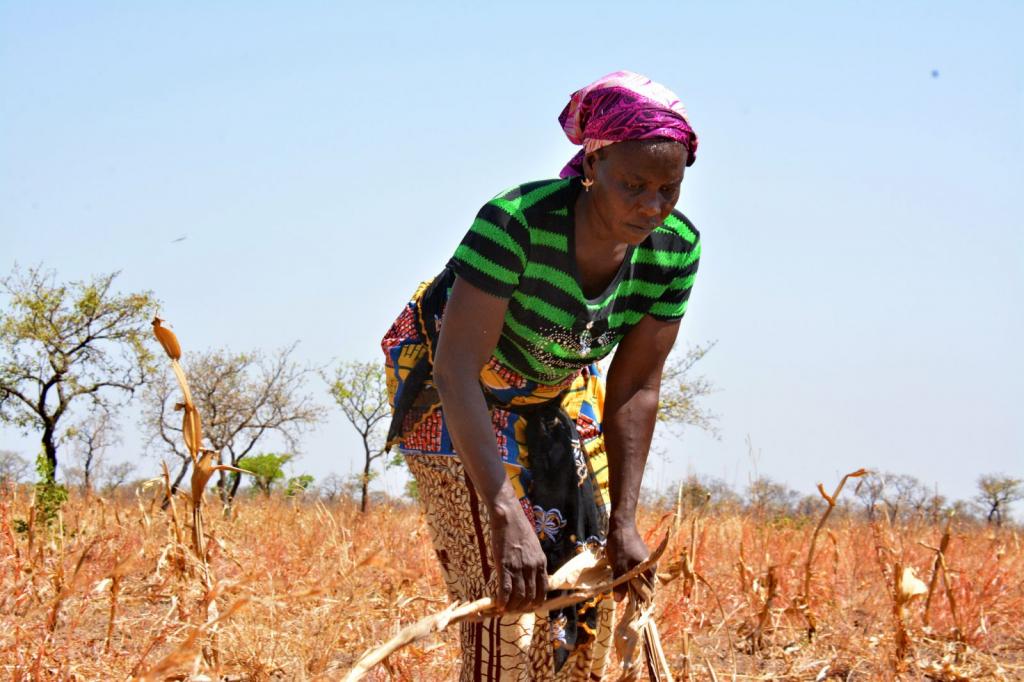
Research from east and west africa reveals women farmers have access to smaller, less productive and fertile land than their male counterparts. Photo: Nestlé
In Ghana, the women mentioned that the men’s crop fields were usually located right next to the main, permanent river, while their crop fields were near a seasonal river, more dependent on rainfall and other factors.
In Burkina Faso, the women, more so than men, lacked land and had no access to improved technology or equipment, no access to manure or labor, no means to buy chemical fertilizer, and few training opportunities.
This was also the general trend for the West African households, where female-headed households tended to be smaller, and had women doing most of the work. Significantly, these homesteads were also more food insecure, as they experienced five or more "hunger months" more frequently, than the male-headed households.
Women and (non-)access to service organisations
The capacity to adapt to climate change, and sustain livelihoods, relates to the extent to which people interact with, and benefit from, social support institutions, government and NGOs, the study argues.
A significant difference between male and female farmers is that women tend to work and join organisations that are based within the local community, while men are better connected with groups that work "beyond the locality".
Men are usually in a more favourable position to deal with, and benefit from governmental agencies, international NGOs and even private enterprises. Via these institutions, men often get technical assistance, subsidized tools, seeds, fertilizers and improved livestock breeds, water pumps, cash incentives for communal work and much more. More importantly, men get to play a role as mediators with those organizations, and often speak to them on behalf of the women.

Two Kenyan women participating in a local loan group. Getting women into larger agriculture-related service initiatives will be key, in order to strengthen their climate adaptability. Photo: C. Schubert
The local village groups are not isolated from the rest of the world though. Many organisations do channel funding through local initiatives or target women in their approaches.
However, the major difference lies in women’s access to government and NGO agencies that focus on agriculture, livestock, forestry and the management of soil, water and other natural resources, the authors argue. These groups primarily, if not exclusively, target men and their needs.
The real challenge is how do we overcome these "anti-women biases" by public and private agencies that foster agriculture and livestock production? Not an easy question to answer, but important if women are significantly improve access to fertile land and resources.
The role of gender norms in climate adaptation
Gender norms will play a big role in shaping how well households will be able to adapt to a changing climate. But these norms do change, and sometimes they do so very quickly.
Sharing the findings and issues raised here with these communities is one way of spurring more widespread dialogue within and across communities, and with local and national policymakers, about the need to take gender-differences seriously. This if climate and agriculture programs and projects are to have a real, long-term impact for both men and women farmers.
Download the Paper: Perez C, Jones E, Kristjanson P, Cramer L, Thornton P, Förch W, Barahona C. 2014. How resilient are farming households, communities, men and women to a changing climate in Africa? CCAFS Working Paper no. 80.
The household quantitative surveys and the qualitative village focus group studies were implemented from late 2010 to early 2011 in nine countries in East Africa (Ethiopia, Kenya, Tanzania and Uganda) and West Africa (Burkina Faso, Ghana, Mali, Niger, Senegal). The surveys are now being conducted in Latin America and Southeast Asia.
The CCAFS baseline studies have been designed to provide a source of evidence that farmers might have changed practices or behaviour to which the program might have contributed. The idea is to go back, in the future, to see what has changed, and how this might contribute to higher-level development outcome.
Cecilia Schubert works as a Communications Officer for the CGIAR Research Program on Climate Change, Agriculture and Food Security (CCAFS).

